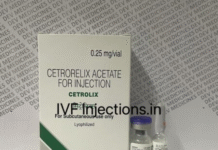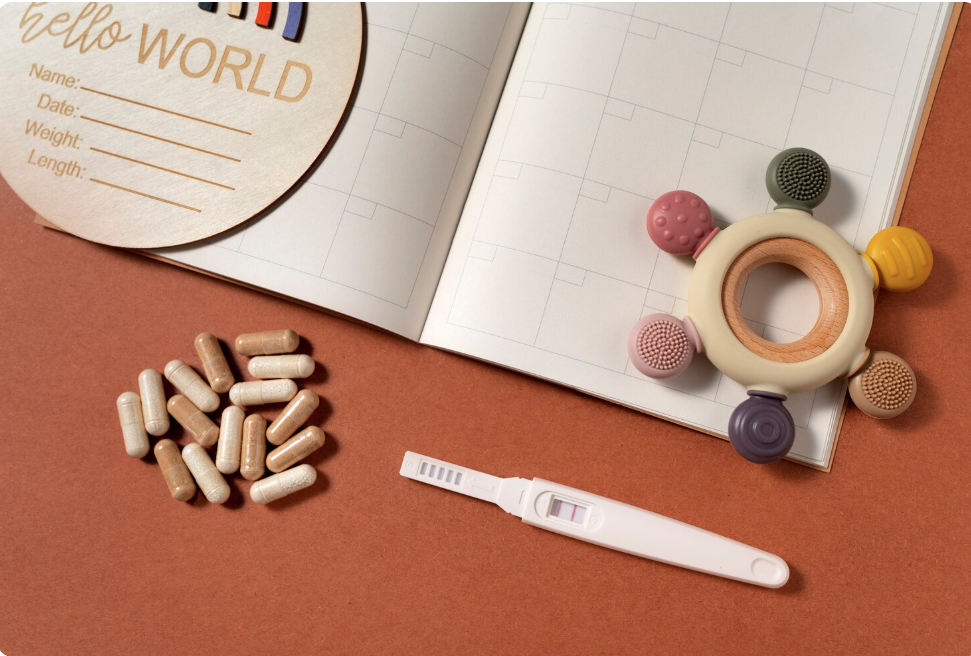Gauze bandages are an essential component of first aid supplies, used in managing small to large wounds while providing protection against contamination as well as encouraging optimal healing. The absorbency and breathability of the material are essential as a wrong selection can lengthen recovery time or decrease comfort. Good gauze is breathable enough to let air get in while the exudate from a wound can travel through the fibers of that 4×8-inch pad. If it isn’t absorbed by then, well let’s just say it’s escaping because nothing stops all combo juice production without promoting maceration around the skin surrounding an open source. This fine line is vital in the gradual building of a healing atmosphere.
In addition to their physical features, high-quality gauze bandages have been shown to increase patient confidence during recovery, an important step that is often overlooked. Premiere products such as those from EMSRUN Medical will reduce these fears of infection and irritation typically originating with other means. This very thoughtful simplicity is heard in TM’s voice as she shares that even the simple act of white bandaging, with gauze pads of high-quality weave raw fibers instead of chemically bleached paper pulp could mean immediate and long-term healing results. Not only are you selecting support, but in meaningful health care engagement.
Cotton vs. Synthetic Options
Material Content in Gauze Bandage The material used to make the gauze bandages is highly important with regards to not only comfort but effectiveness, as well. The breathability of cotton gauze is known for its claim to fame, while the hypoallergenic profile makes it a top choice for people with skin sensitivities and allergies. Its composition of natural fibers means little air can circulate the wound causing excess moisture to collect which promotes faster healing. Overall, cotton feels soft but it also can absorb liquid very quickly which can ultimately wear prematurely and result in fabric changes more frequently.
Conversely, synthetic options (like polyester blends) have their benefits to consider as well. These sheets are designed with anti-moisture absorption and bacteria safeguard to give you freestyle for long-term use because some other materials can resist the growth of bacteria but cannot keep hygiene. On top of this, the stretchability and strength in design that come with synthetic gauzes mean they are not going to tear or glide as much when stretched over a body part compared to conventional cotton. While cotton may offer immediate relief as a layer facing the skin, synthetic choices can be better in lighter weight and even more durable for long-term use within heavier conditions. Finally, knowing the individual characteristics of your chosen substance allows you not only to cater to preference but also healing.
The Key to Effective Wound Care
One of the most important selection criteria for gauze bandages is absorbency, which in itself may help improve healing outcomes. The hyper-absorbent bandage wicks the excess moisture away from the wound, to create an environment suitable for cellular re-growth as well as keep healthy tissues dry and avoid maceration. This balance is crucial; a dressing that retains too much moisture can encourage bacterial growth and infection, to the detriment of the very reason why we wear our bandages.
High-quality gauze now uses innovative materials to increase absorbency without losing breathability. More advanced synthetic fibers can also help wick moisture directly away from the wound as opposed to just soaking liquid up like cotton, maintaining a cleaner and drier healing environment. These newer materials are also often antimicrobial, which makes them even more protective from infection for acute injuries but more importantly in wound care and diabetic deformity-related ulcers. Through the promotion of high-absorbent gauze, caregivers and patients can both alleviate healing time while reducing unnecessary pain.
Impact on Durability and Comfort
The thread count in gauze bandages is the factor that ultimately determines both how long they last and to what degree of comfort they can be enjoyed. A bandage with a tighter weave is typically more sturdy and can stand up to pulling and tugging without ripping apart or fraying. This is even more significant in medical scenarios, as a tight bandage not only shields wounds but also functions to keep them immobilized and free from outside agents- which further helps the healing process.
Greatly reducing gaps in the weave may make a bandage less breathable and potentially damage the skin beneath it. Gauze with this ideal combination gives the perfect amount of protection while still maintaining patient comfort, doing so is paramount if products are to be worn for an extended period. Weave tightness is often overlooked but by this fact alone, patients can make more informed decisions that will lead to the most effective healing outcomes while protecting skin quality.
Ensuring Infection Prevention
Sterility must be guaranteed when using gauze bandages to prevent infection. Manufacturing sterile gauze requires impeccable factory quality control, as every swath of material needs to be free from pollutants that could invade a wound ecosystem. This detailed and thorough approach not only safeguards patient safety but also greatly contributes to the overall effectiveness of delivered care. This allows bandages that are sterilized by gamma irradiation or EO (ethylene oxide) post-operatively to help prevent infections and other risks associated with improper sterility.
Healthcare providers also need to know how also that it is certified, and how the item has been maintained, stored, or handled. Even the most pristine product is not safe if it becomes contaminated before being applied. By investing in training employees to be adept at sterile product handling, the family of healthcare environments can establish values around patient safety and provide personnel with the confidence needed to help ensure patients’ health. The more these basics are observed, the better we equip ourselves to succeed with obvious decisions, a promise that commences in its belly buttocks the foundation of gauze bandage quality.
Catering to Different Wound Types
No one-size-fits-all wound care Gauze bandages come in a range of sizes so you can rest assured that no matter the size or type of wound— whether it’s just a small cut or scrape, to large surgical site dressing. This is important so that there will be enough area covered and it also avoids the bandage being too tight to allow for air circulation. Too large and you get bulky, awkward bandages; too small does nothing to protect or absorb.
Moreover, the fact that they come in specialized sizes such as fingertip dressings or larger pads for substantial wounds reinforces a need to personalize treatment within medicine. They provide opportunities for both caregivers and patients by bringing a more specific type of treatment into play that best fulfills the need. The right kind of gauze dressing does not merely increase the comfort (phase) while being worn, but further, it has a significant impact on the infection by reducing contact with foreign agents which is essential for healthy healing generalization in any skin injury.
For more info about the product contact info@emsrun.com













